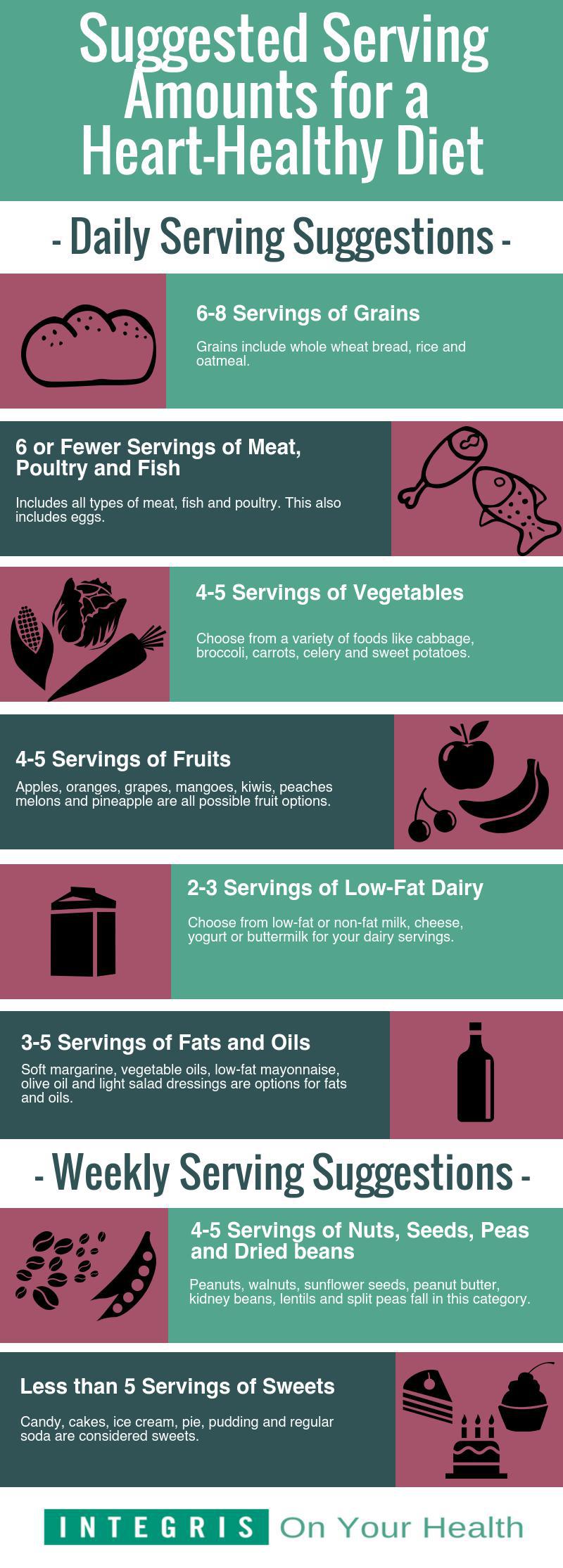Best Foods for a Healthy Heart
Posted in

Heart disease is the leading cause of death in the United States for both men and women. So, how can you prevent it? One of the most important things you can do is create meal plans that include heart-healthy foods.
“Statistically, almost everyone stands to benefit from a heart-healthy diet,” says Karen Massey, who is a registered dietitian and the community nutrition coordinator at INTEGRIS. “Because heart disease is a chronic disease that begins early in life, people of all ages stand to benefit by adopting healthy eating habits from childhood onward. A heart-healthy diet is recommended to promote wellness and support an active lifestyle, with or without a history of heart disease.”
What is a heart-healthy diet?
A simple Google search for a “heart-healthy diet” results in an overwhelming 140 million entries. For this reason, it is important to refine your search and make sure you’re seeking out options that actually work.
“Current consensus on healthy eating now focuses more on dietary ‘patterns’ and less on attempting to categorize individual food choices as being good or bad,” Massey says. “Each food group has a unique nutrient profile. The best approach is to eat a variety of foods so that your intake over time is calorically balanced and is comprised of fruit, vegetables, whole grains, lean meats or protein and dairy. Oils that are liquid at room temperature, such as olive oil, are favored over solid fats.”
One diet plan that supports diverse food options is the DASH Eating Plan (Dietary Approaches to Stop Hypertension). U.S. News and World Report ranked the plan as the best overall diet each year for the last eight years.
The DASH Eating Plan is flexible and doesn’t require you to buy any special foods or supplements. It’s important to choose foods that are rich in potassium, calcium, magnesium, fiber and protein. This diet also requires you to keep your sodium levels low.
“Dairy products, for example, are high in calcium, which is important for good blood pressure,” Massey says. “Fruits and vegetables are great sources of potassium — another nutrient that promotes good blood pressure. Fatty fish, like salmon and tuna, provide beneficial fatty acids but different ones than the fatty acids found in olive oil. Whole grains contain plant fibers that are unique to cereal grains.”
Start creating healthier meals
Making informed decisions in the grocery store can start you down the path to better heart health. Find flavors in the peak of their freshness by shopping for fresh fruits and vegetables in the produce section. Snag frozen berries from the freezer section and add them to a breakfast smoothie.
“Focus on the forest, not the trees,” Massey says. “Strive to include a fruit or vegetable at each meal. Variety is key. Opt for using fresh when you have time, but if it helps you get them in when you’re pressed for time, use canned and frozen.”
Modern grocery stores are packed with healthy options for cereals, bread, rice and other whole grains. If you normally grab regular white bread, test healthier options until you find your favorite. “Choose whole grains when you have the option — which is usually pretty easy,” Massey says.
How much should you be eating?
The average diet for a healthy adult is based on eating 2,000 calories each day. If you aren’t sure if this applies to you, contact your doctor and start the conversation. Below is the suggested number of servings for each type of food based on a 2,000-calorie diet.
“In the end, eating a healthier diet comes down to making a series of little decisions,” Massey says.
For more information about a heart-healthy lifestyle, check out this recipe for heart-healthy black bean brownies or learn more about swimming your way into good health.

